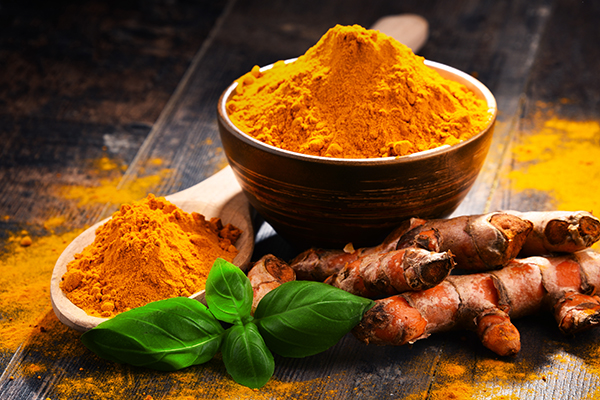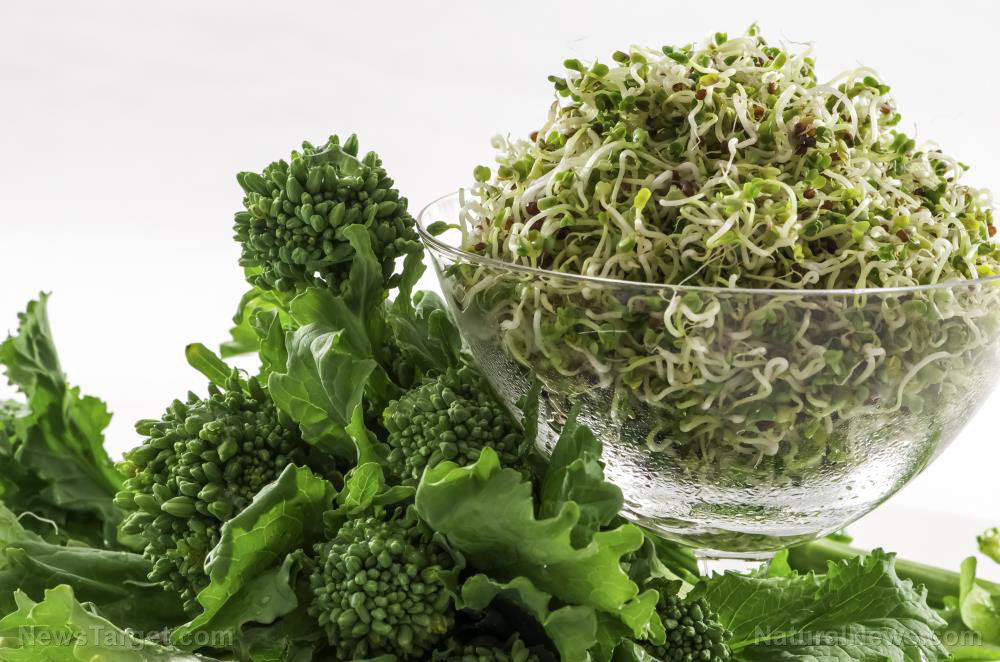5 Science-backed health benefits of garlic
We are building the infrastructure of human freedom and empowering people to be informed, healthy and aware. Explore our decentralized, peer-to-peer, uncensorable Brighteon.io free speech platform here. Learn about our free, downloadable generative AI tools at Brighteon.AI. Every purchase at HealthRangerStore.com helps fund our efforts to build and share more tools for empowering humanity with knowledge and abundance.
07/15/2024 / By Zoey Sky

Many savory dishes feature garlic, a flavorful superfood. According to scientific data, garlic offers many amazing health benefits, such as supporting optimal heart health and protecting against cancer.
Known scientifically as Allium sativum, garlic is a culinary staple and an impressive powerhouse of bioactive compounds with beneficial effects on human health.
Garlic is a great source of potassium, which helps with muscle contraction and heart function.
Garlic also contains selenium that your body uses for reproduction and deoxyribonucleic acid (DNA) production.
Additionally, garlic contains manganese, a mineral that is used by the body for building strong bones and maintaining a healthy immune system.
Here are five science-backed benefits of incorporating garlic into a balanced diet:
Supports optimal cardiovascular health
According to a study published in the journal Proceedings From the National Academy of Sciences, consuming garlic boosts the production of hydrogen sulfide.
This bioactive compound acts as a powerful antioxidant and assists with cellular signaling to increase circulation and relax blood vessels. This could explain why garlic has long been known as a natural treatment that can also prevent heart disease, which includes atherosclerosis, coronary artery disease, heart attack and stroke.
Helps reverse or treat metabolic syndrome
A study published in the Journal of Dietary Supplements revealed that consuming crushed raw garlic significantly improved fasting blood sugar, waist circumference, cholesterol levels (both by lowering triglyceride levels and raising high-density lipoprotein (HDL) levels) and blood pressure in those with metabolic syndrome.
Metabolic syndrome is a deadly collection of comorbidities, including high cholesterol, high blood sugar, high blood pressure and excessive abdominal fat.
Helps protect against different types of cancer
According to a meta-analysis published in the journal Gastroenterology, consuming vegetables from the Allium family, which includes garlic, onions, leeks and chives, significantly reduces someone’s risk of developing stomach cancer.
Several studies have also suggested that garlic consumption can reduce the risk of cancer in the brain, esophagus, lungs and prostate. (Related: Harness the legendary power of garlic, the everyday superfood, with this simple recipe.)
Helps with diabetes management
A meta-analysis published in the journal Food & Nutrition Research evaluated nine randomized controlled trials looking at garlic consumption in patients with Type 2 diabetes.
The results revealed that there were statistically significant improvements in blood sugar and other key diabetic biomarkers when the subjects took garlic supplements, which contained a compound called allicin, with daily amounts ranging from 0.05 to 1.5 grams.
Helps protect against osteoarthritis
A cross-sectional study published in the journal BMC Musculoskeletal Disorders revealed that women who regularly consume garlic and other Allium vegetables had a significantly reduced risk of hip osteoarthritis.
The authors suggested that this could be due to diallyl disulfide, a compound in garlic believed to repress enzymes that break down skeletal bone matrixes.
Additionally, diallyl disulfide is well-known due to its antioxidant, anti-inflammatory and antimicrobial properties, contributing to garlic’s ability to support optimal cardiovascular health and protect against various diseases.
Other reported benefits of garlic include a reduced risk of preterm delivery, alcohol-induced liver damage and the common cold.
How to incorporate garlic into your daily routine
Now that you know about the health benefits of garlic, how much garlic do you need to eat to reap these benefits?
The exact amount isn’t confirmed yet.
According to a study published in the journal Proceedings From the National Academy of Sciences, a concentration of garlic extract equivalent to about two medium-sized garlic cloves per day should be enough.
That may sound like a lot, but garlic is a versatile ingredient. You can easily add it to almost any meal, such as homemade salad dressings, hummus, chicken, fish, meat, poultry, stir-fry, omelets and more.
Here are more ways to add garlic to your regular diet:
Eat it raw
This isn’t the most palatable way to consume garlic, but research, such as an August 2013 study published in the journal Food and Chemical Toxicology, suggests that garlic loses its powerful anti-inflammatory properties once it has been heated.
Know the right way to prepare garlic
If you are going to cook garlic, chop, slice, or smash the cloves for at least 10 minutes before putting it on the heat.
Preparing garlic this way initiates an enzymatic process that maximizes its health-boosting benefits.
Try an aged garlic extract
If you can’t stomach the taste of fresh garlic or have trouble with it due to indigestion, try a high-quality aged garlic extract instead.
Make garlic bread at home
Follow the steps below to make garlic bread:
- Chop one clove of garlic.
- Mix the garlic with a teaspoon of your preferred oil.
- Toast a piece of whole-wheat bread.
- Spread the garlic and oil mixture on the toast while it is still warm.
Store garlic cloves in the pantry or a cupboard in your kitchen. Room-temperature places that remain cool and dark are the perfect places to store garlic.
If you’re worried about having smelly “garlic breath,” chew on raw mint. You can also try eating lettuce, fennel seeds, or apples after a garlicky lunch or dinner.
If you have a heart condition and are taking heart medications, keep in mind that garlic and garlic extracts may interact with certain drugs, such as blood thinners.
Visit ReverseHeartDisease.news to read more articles with tips on how to support a healthy heart.
Watch the video below to learn more about the other health benefits of garlic.
This video is from the Holistic Herbalist channel on Brighteon.com.
More related stories:
Garlic can protect against heart tissue damage caused by reoxygenation.
Wild blueberries found to improve cardiovascular health and cognitive performance in older adults.
Check out these other sources of OMEGA-3 aside from fish.
The best foods to dehydrate for your survival food stockpile.
Sources include:
Submit a correction >>
Tagged Under:
anticancer, diabetes, disease prevention, food cures, food is medicine, food science, functional food, garlic, heart disease, heart health, herbal medicine, Herbs, metabolic syndrome, natural cures, natural health, natural medicine, nutrients, nutrition, organics, Osteoarthritis, prevention, stomach cancer
This article may contain statements that reflect the opinion of the author
RECENT NEWS & ARTICLES
Herbs.News is a fact-based public education website published by Herbs News Features, LLC.
All content copyright © 2018 by Herbs News Features, LLC.
Contact Us with Tips or Corrections
All trademarks, registered trademarks and servicemarks mentioned on this site are the property of their respective owners.




















